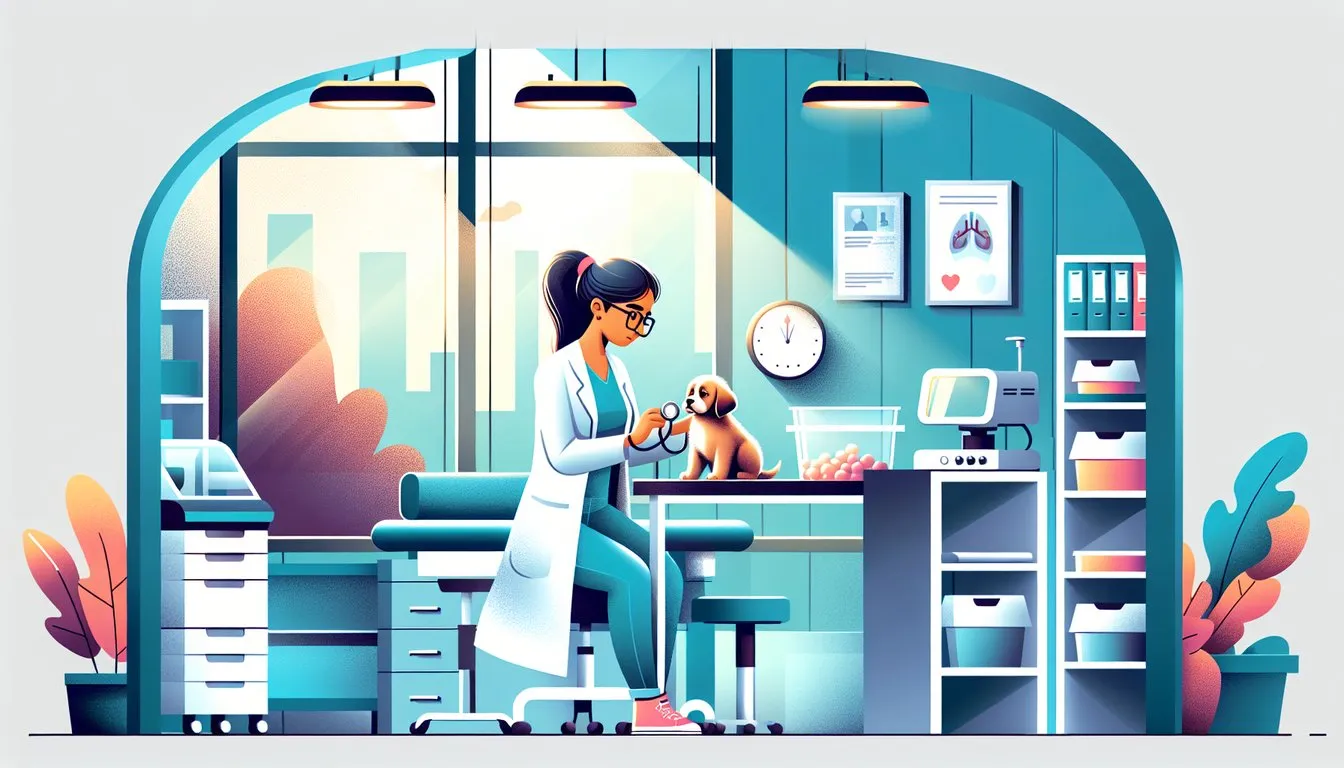
Pet Insurance Changes Impact on Market Growth
In recent years, the pet insurance market has experienced significant growth, driven by long-term policies and appealing options for pet owners. However, with new regulatory changes from the Financial Supervisory Service (FSS), this expansion is likely to face challenges. These modifications, set to take effect from May 1, 2025, aim to mitigate risks of insurance misuse but could potentially curb the industry’s growth. Let’s delve into these changes and their implications for the pet insurance market.
Regulatory Changes: A Closer Look
The FSS has proposed substantial changes to pet insurance policy structures, focusing on limiting the renewal cycle and increasing the policyholder’s cost burden. This adjustment is expected to address concerns about moral hazard and potential fraud within the sector.
Key Changes
-
Shortened Renewal Cycle
- The current renewal cycle of 3 to 5 years will be reduced to a mere 1 year. This change aims to ensure that policies are reviewed more frequently and adjusted to reflect any changes in the pet’s health condition or market trends.
-
Increased Policyholder Cost
- The minimum out-of-pocket expense for policyholders will be set at 3,000 KRW. In addition, policyholders will face a co-insurance rate of no less than 30%. This move is designed to discourage excessive claims and share the financial responsibility more equitably between insurers and pet owners.
-
Elimination of Zero Deductible Options
- Previously popular zero deductible policies will be phased out. This decision stems from concerns about these policies encouraging unnecessary or excessive veterinary care.
Impacts on the Pet Insurance Market
The changes are not just regulatory in nature but have the potential to reshape the competitive landscape and growth trajectory of the pet insurance market in several ways.
Market Dynamics
-
Consumer Preferences and Market Offerings
- With the elimination of long-term, low out-of-pocket plans, consumers may find fewer appealing options in the market. This shift could lead to decreased interest or affordability for some pet owners who have traditionally relied on these features. Already, there are reports of a rush to sign up for existing plans before the new regulations take effect.
-
Insurance Providers’ Adjustments
- Insurance companies will need to revise their product offerings and pricing strategies. The focus may shift towards creating products that balance regulatory compliance with consumer needs, potentially leading to innovative approaches in policy design.
-
Potential Market Contraction
- The anticipated reduction in policy attractiveness could result in a slowdown of new policy purchases, thus impacting overall market growth. The transition period as companies adapt to the new regulations might also see a temporary dip in market activity.
Long-term Implications
-
Risk Mitigation and Market Stability
- While the immediate impact might include market slowdowns, these regulations could imbue the segment with greater stability in the long run. By reducing fraud risks and encouraging responsible claims, the market may gain a sustainable growth path.
-
Comparative International Insights
- Looking at international examples, like the UK’s pet insurance sector which adjusts premiums and deductibles based on pet age, Korea might see a gradual adaptation to similar models. Such adaptations could help align with global best practices and enhance consumer trust in pet insurance products.
Conclusion
The impending changes to the pet insurance market are poised to have significant, multifaceted impacts. While they aim to curb potential abuses and enhance market stability, they could also dampen the appeal of pet insurance plans to consumers in the short term. As the market adjusts, the focus will be on balancing compliance with consumer-friendly offerings to ensure continued growth and trust in the industry. For both pet owners and insurers, navigating this new landscape will require careful consideration and strategic adjustment.
The coming months will be crucial in observing how these regulatory measures influence the dynamics of the pet insurance market and the eventual consumer response.
https://www.petmediapress.com/